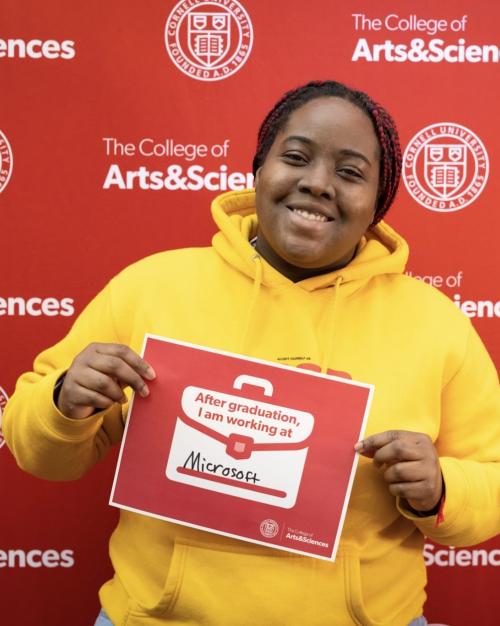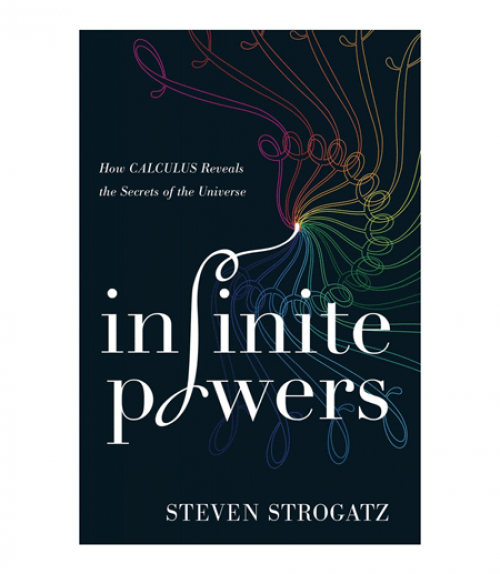There’s a good chance someone somewhere on March 21 wished you a happy first day of spring. For mathematician Steven Strogatz, the day possessed an added significance worth celebrating.
“Happy max derivative day, everybody!” he wrote that evening to his more than 53,000 followers on Twitter.
Strogatz, the Jacob Gould Schurman Professor of Applied Mathematics – whose book, “Infinite Powers: How Calculus Reveals the Secrets of the Universe,” will be available in bookstores April 2 – was referring to the roughly 2.7 minutes of extra daylight the Earth receives at the equinox. That gain in daylight is the greatest change in sunlight all year, a solar illustration of a subfield of math dedicated to describing continuous change.
“For me, calculus is everywhere in the world around us: Everything looks like calculus to me,” said Strogatz, a celebrated mathematician and science communicator. “I want people to experience the same thing as I do, because it’s a part of all of our lives, even if it’s invisible.”
It’s an appreciation brought to life in his new book, in which he explores the history, big ideas and applications of a subject that is essential in everything from how smartphones operate to the latest innovations in medicine.
Strogatz said that people tend to know that calculus’ power to decipher complicated motion is important for rocketry and other science fields. But he wants people to recognize the principles at work in all facets of life.
In one portion of the book, Strogatz relates the story of Dr. David Ho and Alan Perelson, an immunologist with a mathematical bent, who along with their colleagues in the mid-1990s experimented with protease inhibitors to measure HIV particles in the blood. Their work first revealed the exponential decline of the virus when the medicine was administered.
A bit of calculus then revealed a more startling fact: A combination of three different drugs was the critical number to stay ahead of the mutational nature of the virus. Their discovery of triple combination therapy was a triumph in AIDS treatment, helping to transform the disease from a death sentence into a survivable chronic illness.
“For a world in flux, calculus is the math you need,” said Strogatz. “There have been a few really, truly world-changing ideas. And calculus is one of them.”
The history of the subject in most narratives tends to focus on European men. In his book Strogatz also delves into the contributions of Indian and Arab mathematicians and several women who pushed the field forward. The tale begins in Egypt, Mesopotamia and ancient Greece and spans millennia, before Isaac Newton and Gottfried Wilhelm Leibniz invented the system we know today.
Written with both math buffs and general readers in mind, Strogatz wields engaging language and compelling stories to appeal to those who never learned calculus or only faintly recall the subject from school.
“For many students, calculus goes by in a blaze of derivatives and integrals and lots and lots of techniques and jargon,” he said. “Many unfortunately come out not knowing what they did or what this meant or where it can be used. People see calculus as the pinnacle of difficulty in a subject that was already difficult. But it doesn’t have to be taught that way, or so abstractly.”
The book is available for pre-order on Amazon.com. Strogatz will speak April 2 with actor and science communication advocate Alan Alda at the 92nd Street Y in New York City. The event starts at 7:30 p.m.; tickets cost $45.
Strogatz is scheduled to appear live on the radio show Science Friday on March 29. He will be interviewed starting at 3:30 p.m. eastern time from the Cornell Broadcast Studios.
This story also appeared in the Cornell Chronicle.




